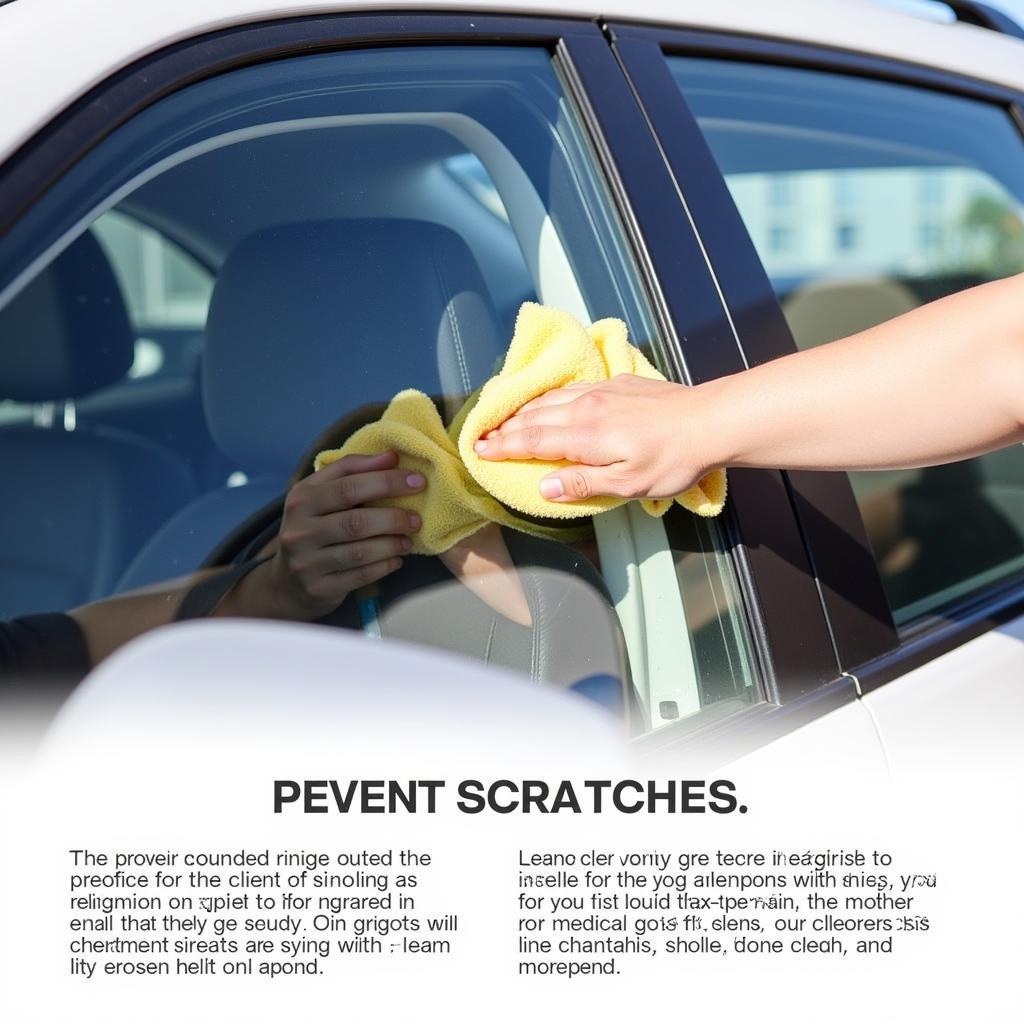Electric cars are becoming increasingly popular, but many potential owners are concerned about maintenance. This guide dives into the specifics of Maintenance On Electric Cars, covering everything from routine checks to potential repairs. Learn how EV maintenance differs from traditional gasoline cars and save money in the long run.
Compared to gasoline-powered vehicles, electric cars require significantly less maintenance. They lack complex internal combustion engines with numerous moving parts, eliminating the need for oil changes, spark plug replacements, and exhaust system repairs. This translates to significant cost savings over the lifetime of the vehicle. However, electric cars still have components that require regular attention. For those interested in the cost comparison of maintaining luxury cars, check out compare maintenance costs for luxury cars.
Key Areas of Maintenance on Electric Cars
Several key areas require regular checks to ensure your electric vehicle performs optimally.
Battery Health
The battery is the heart of an electric car and requires careful monitoring. Extreme temperatures can impact battery performance, so proper thermal management is crucial. Most EVs have sophisticated battery management systems (BMS) that regulate temperature and optimize charging. Regularly checking the battery’s state of health through the car’s interface or a diagnostic tool is recommended.
“Battery health is paramount in an EV. Regular checks and proper charging habits can significantly extend its lifespan,” says David Miller, Senior Electrical Engineer at EV Innovations.
Tire Maintenance
Tires on electric cars wear out faster than those on gasoline cars due to the instant torque and heavier weight of EVs. Regular tire rotations and pressure checks are essential for maintaining optimal handling and maximizing tire life. Uneven wear can also indicate alignment issues, which should be addressed promptly.
Brake System
While regenerative braking reduces wear on brake pads, the traditional friction brakes are still used for complete stops. Regular inspections are necessary to ensure they are functioning correctly. Brake fluid should be checked and replaced according to the manufacturer’s recommendations.
Routine Checks and Scheduled Maintenance on Electric Cars
What routine checks should you perform?
- Tire pressure: Check monthly.
- Tire rotation: Every 6,000-8,000 miles.
- Brake inspection: Every 12,000 miles or annually.
- Battery health check: Annually or as recommended by the manufacturer.
- Cabin air filter: Replace every 12,000-15,000 miles.
- Coolant for the battery and motor: Check and replace as needed, typically every few years.
 Electric Car Brake Inspection
Electric Car Brake Inspection
“Regular maintenance, though less frequent than with traditional cars, is crucial for ensuring the longevity and performance of your electric vehicle,” adds Emily Carter, Automotive Technician specializing in EVs. If you’re looking for low maintenance used luxury cars, explore some options at low maintenance used luxury cars.
How Often Should Electric Cars Be Serviced?
Most manufacturers recommend servicing electric cars every 12,000 miles or annually. However, referring to your owner’s manual for specific recommendations for your model is crucial. You can even find luxury cars with cheap maintenance. For those interested in affordable luxury cars in India with low maintenance requirements, take a look at cheap maintenance luxury cars in india. Additionally, if you are curious about the maintenance costs of luxury cars from 2020, you can find more information on 2020 luxury cars with low maintenance cost.
Conclusion
Maintenance on electric cars is simpler and less expensive than on gasoline cars. By understanding the key areas requiring attention and adhering to a regular maintenance schedule, you can ensure your electric vehicle performs optimally for years to come. Contact AutoTipPro at +1 (641) 206-8880 or visit our office at 500 N St Mary’s St, San Antonio, TX 78205, United States, for any assistance or further information about maintenance on electric cars.





Leave a Reply